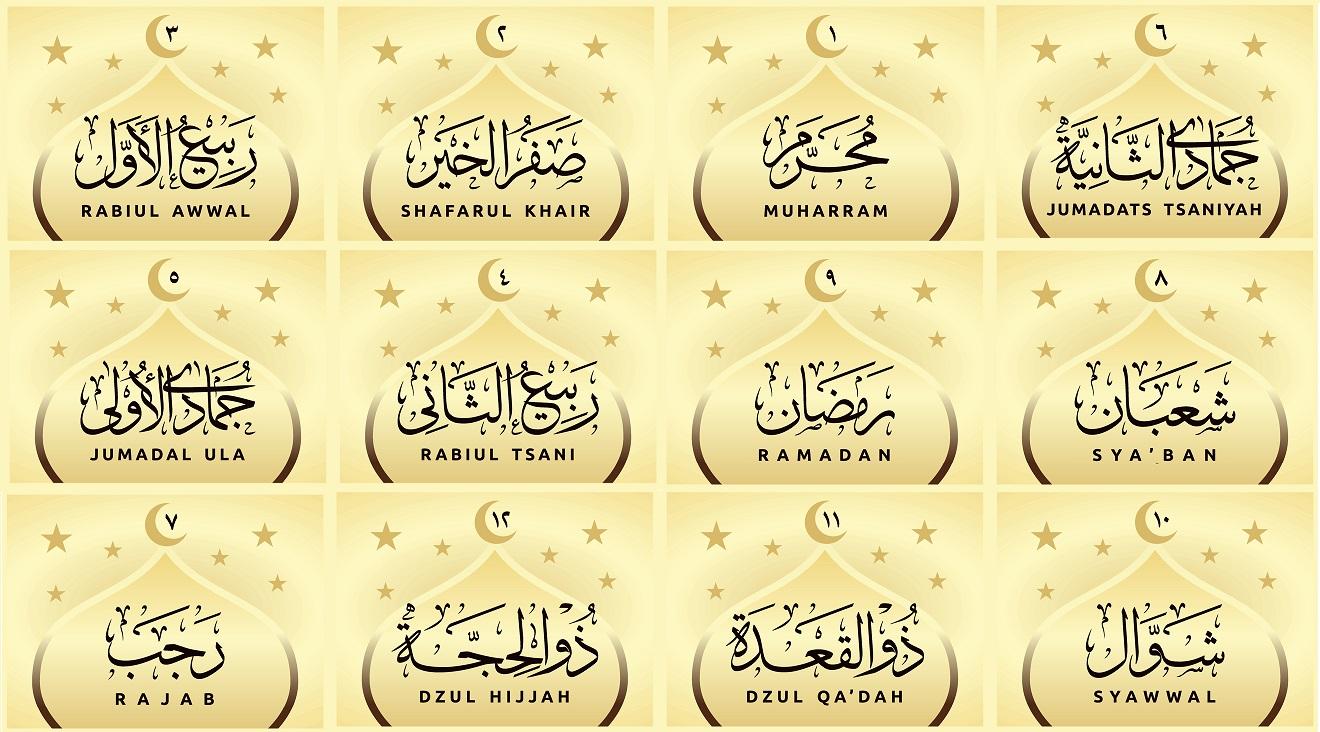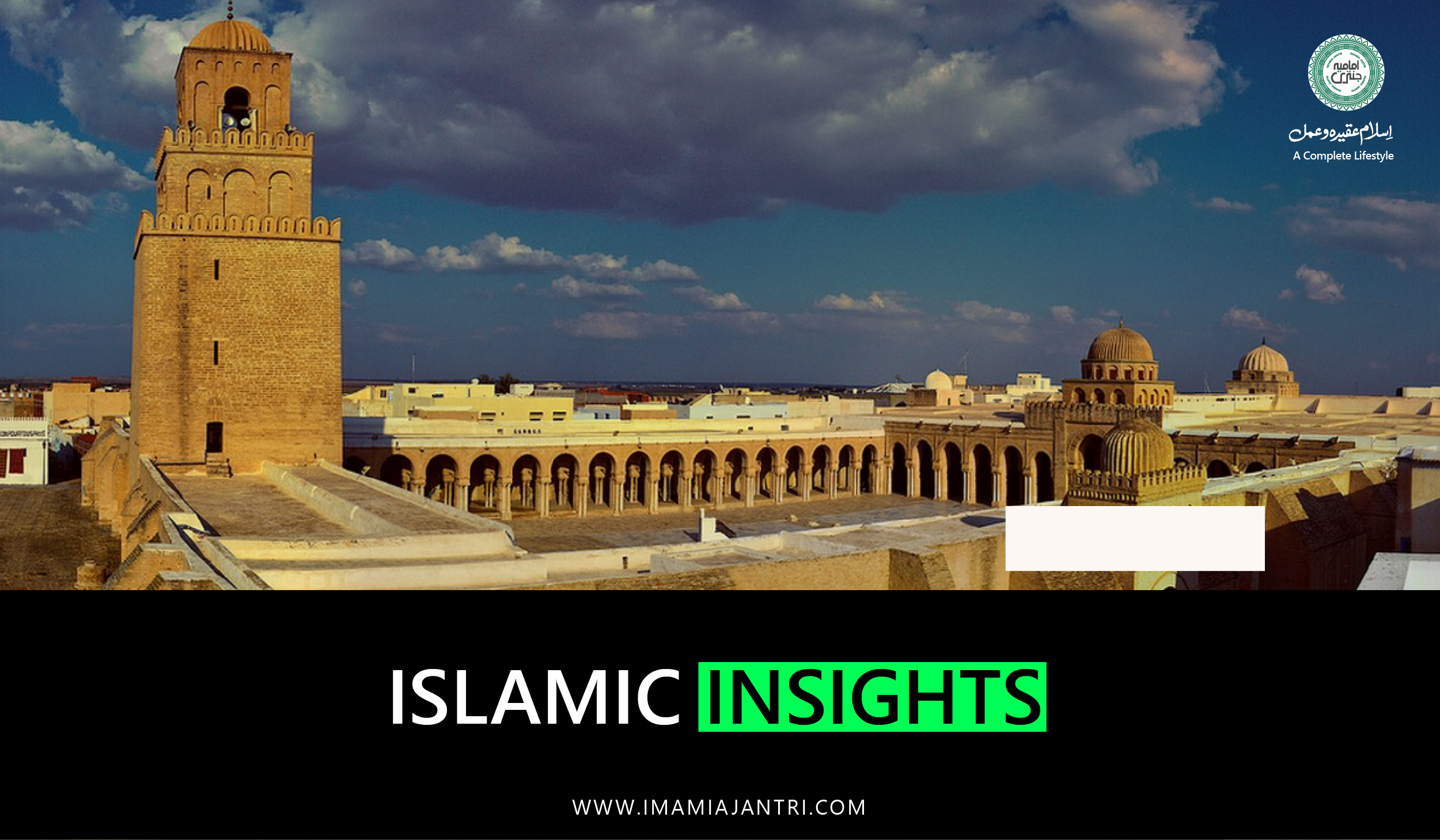Islam is the second largest religion in the world after Christianity, with about 1.8 billion Muslims worldwide. Although its roots go back further, scholars typically date the creation of Islam to the 7th century, making it the youngest of the major world religions. Islam started in Mecca, in modern-day Saudi Arabia, during the time of the prophet Muhammad’s life. Today, the faith is spreading rapidly throughout the world.
Islam Facts
- The word “Islam” means “submission to the will of God.”
- Followers of Islam are called Muslims.
- Muslims are monotheistic and worship one Allah alone.
- Followers of Islam aim to live a life of complete submission to Allah. They believe that nothing can happen without Allah’s permission, but humans have free will.
- Islam teaches that Allah’s word was revealed to the prophet Muhammad through the angel Gabriel.
- Muslims believe several prophets were sent to teach Allah’s law.
- Mosques are places where Muslims worship.
- Some important Islamic holy places include the Kaaba shrine in Mecca, the Al-Aqsa mosque in Jerusalem, and the Prophet Muhammad’s mosque in Medina.
- The Quran (or Koran) is the major holy text of Islam. The Hadith is another important book. Muslims also revere some material found in the Judeo-Christian Bible.
- Followers worship Allah by praying and reciting the Quran. They believe there will be a day of judgment, and life after death.
- A central idea in Islam is “jihad,” which means “struggle.” While the term has been used negatively in mainstream culture, Muslims believe it refers to internal and external efforts to defend their faith. Although rare, this can include military jihad if a “just war” is needed.
Holy Prophet Hazrat Muhammad ﷺ
The prophet Muhammadﷺ was born in Mecca, Saudi Arabia, in 570 A.D. Muslims believe he was the final prophet sent by God to reveal their faith to mankind.
According to Islamic texts and tradition, an angel named Gabriel visited Muhammad in 610 A.D. while he was meditating in a cave. The angel ordered Muhammad to recite the words of Allah.
Muslims believe that Muhammad continued to receive revelations from Allah throughout the rest of his life.
Starting in about 613, Muhammad began preaching throughout Mecca the messages he received. He taught that there was no other God but Allah and that Muslims should devote their lives to Allah.
Hijra
In 622, Muhammad traveled from Mecca to Medina with his supporters. This journey became known as the Hijra (also spelled Hegira or Hijrah), and marks the beginning of the Islamic calendar. Some seven years later, Muhammad and his many followers returned to Mecca and conquered the region. He continued to preach until his death in 632.
Muslims all over the globe follow the Hijri Calendar. Hijri calendar consists of 12 months which are
- Muharram
- Safar
- Rabi al-Awwal
- Rabi al-Thani
- Jumada al-Awwal
- Jumada al-Thani
- Rajab
- Shaban
- Ramadan
- Shawwal
- Dhu al-Qadah
- Dhu al-Hijjah (month of Hajj)
Muslims all over the globe observes obligatory fasts in the month of Ramadan and voluntarily fasts during entire year. You can find the accurate Islamic date today on the official website of Imamia Jantri and also on the mobile application.

Caliphate System
After Hazrat Muhammad’s passing, Islam began to spread rapidly. A series of leaders, known as caliphs, became successors to Hazrat Muhammad. This system of leadership, which was run by a Muslim ruler, became known as a caliphate.
The first caliph was Hazrat Abu Bakr RA Who died about two years after he was elected and was succeeded in 634 by Caliph Hazrat Umar.
When Hazrat Umar was assassinated six years after being named caliph, Usman, Muhammad’s son-in-law, took the role.
Hazrat Usman was also killed, and Hazrat Ali was selected as the next caliph.
During the reign of the first four caliphs, Arab Muslims conquered large regions in the Middle East, including Syria, Palestine, Iran and Iraq. Islam also spread throughout areas in Europe, Africa, and Asia.
The caliphate system lasted for centuries and eventually evolved into the Ottoman Empire, which controlled large regions in the Middle East from about 1517 until 1917, when World War I ended the Ottoman reign.
Sunnis and Shiites
When Hazrat Muhammad peace be upon him died, there was debate over who should replace him as leader. This led to a schism in Islam, and two major sects emerged: the Sunnis and the Shiites
Sunnis make up nearly 90 percent of Muslims worldwide. They accept that the first four caliphs were the true successors to Muhammad
Shiite Muslims believe that only the caliph Ali and his descendants are the real successors to Muhammad. They deny the legitimacy of the first three caliphs. Today, Shiite Muslims have a considerable presence in Iran, Iraq and Syria.
There are different minor sects of Islam which are as follow:
Other, smaller Muslim denominations within the Sunni and Shiite groups exist. Some of these include:
Wahhabi: This Sunni sect, made up of members of the Tameem tribe in Saudi Arabia, was founded in the 18th century. Followers observe an extremely strict interpretation of Islam that was taught by Muhammad bin Abd al-Wahhab.
Alawite: This Shiite form of Islam is prevalent in Syria. Followers hold similar beliefs about the caliph Ali but also observe some Christian and Zoroastrian holidays.
Nation of Islam: This mostly African-American, Sunni sect was founded in the 1930s in Detroit, Michigan.
Kharijites: This sect broke from the Shiites after disagreeing over how to select a new leader. They are known for radical fundamentalism, and today are called Ibadis.









